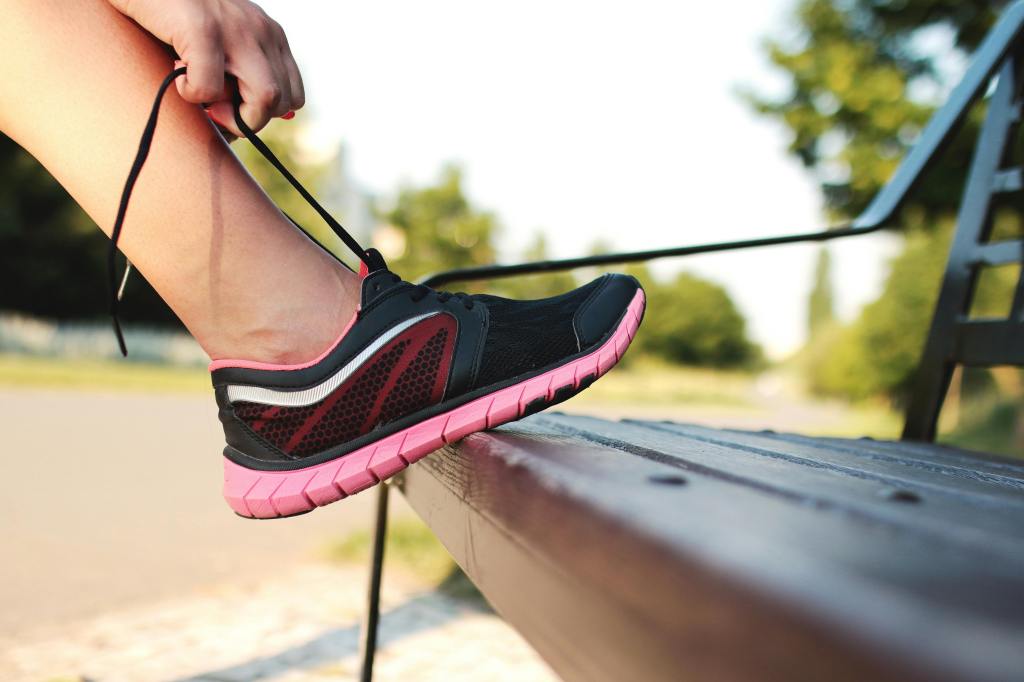Make Resistance Bands Work for You
Resistance bands provide a convenient way to keep up with your strength training when you’re unable to go to the gym. You’ll even be able to do some moves that are extremely difficult to do with ordinary free weights or machines.
Here’s how it works. When you place stress on a muscle, it adapts and grows stronger. Depending on the brand you’re using, you grip the handles of the band, or wrap the ends of the band around your hands or under your feet.
If you’re looking for a simple way to add variety to your exercise program, try these suggestions to get started with resistance bands.
Safety Guidelines for Resistance Bands
Examine bands regularly. Expect to replace your bands about once a year. Before each workout, check for stretching, tears, or worn ends. Throw them out if they show any sign of damage.
Attach bands securely. You want your bands to be well secured to their handles and to any supports you’re using. Otherwise, they could snap back and hit you like a rubber band.
Build up gradually. While weights are clearly marked, it can be more difficult to distinguish between bands. For most resistance bands, lighter colors mean lower resistance and darker colors mean higher resistance. Buy a variety of bands so you can work your way up as you grow stronger.
Check for allergies. Some individuals are sensitive to proteins found in latex and other rubber products. If you’re allergic, shop for latex-free products.
Store your bands properly. Protect your bands from deterioration. Avoid strong light, extreme temperatures, and exposure to chlorine or oily substances like body lotion.
Advantages of Resistance Bands
Use your full range of motion. Resistance bands stimulate your muscles throughout an entire movement. By contrast, your muscles are usually resting half the time when you lift weights.
Enhance your balance. Sitting on a bench press machine does little for your posture, but bands are different. Your muscles are engaged in balancing and coordination at all times.
Recover from injuries. Resistance bands were originally used in physical therapy. They’re a safe way to target body parts that need to heal.
Train for sports. Resistance bands also allow you to imitate any action from tennis swings to softball pitches. You can take your game to a new level.
Sample Exercises
Squat down. Tone your whole lower body with one exercise. Stand up with your feet parallel and the band under your feet. Hold the ends of the band in each hand. Lower yourself down keeping your midsection firm. For more variety, turn your toes in or out. Shift your feet closer or further apart.
Push up. Try a twist on the familiar push up. Place the band across your lower back and grab hold of each end. Lower your body toward the ground and use your arms to push yourself back up. If that causes too much strain, keep your knees on the floor.
Kick to the side. Want to target your thighs? Secure your band around one ankle and anchor it against a door knob. Stand sideways about a foot away from the door. Sweep your leg out to the side. Do the same number of repetitions on both sides.
Crunch your abs. Anchor your resistance band on a door knob and kneel with your back to the door. Hold one end of the band in each hand. Squeeze your abdominal muscles to help lower your back over your hips.
Working out with resistance bands tones your body and builds up your strength. Include these inexpensive and portable props in your exercise routine.





Leave a comment